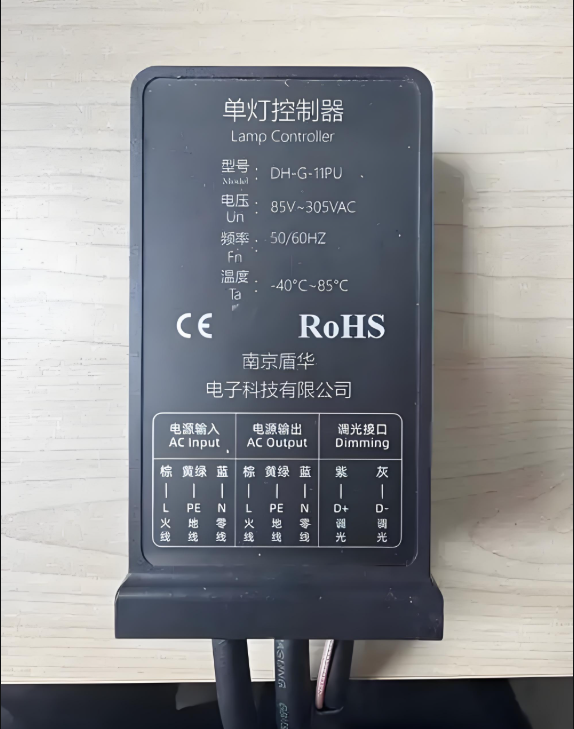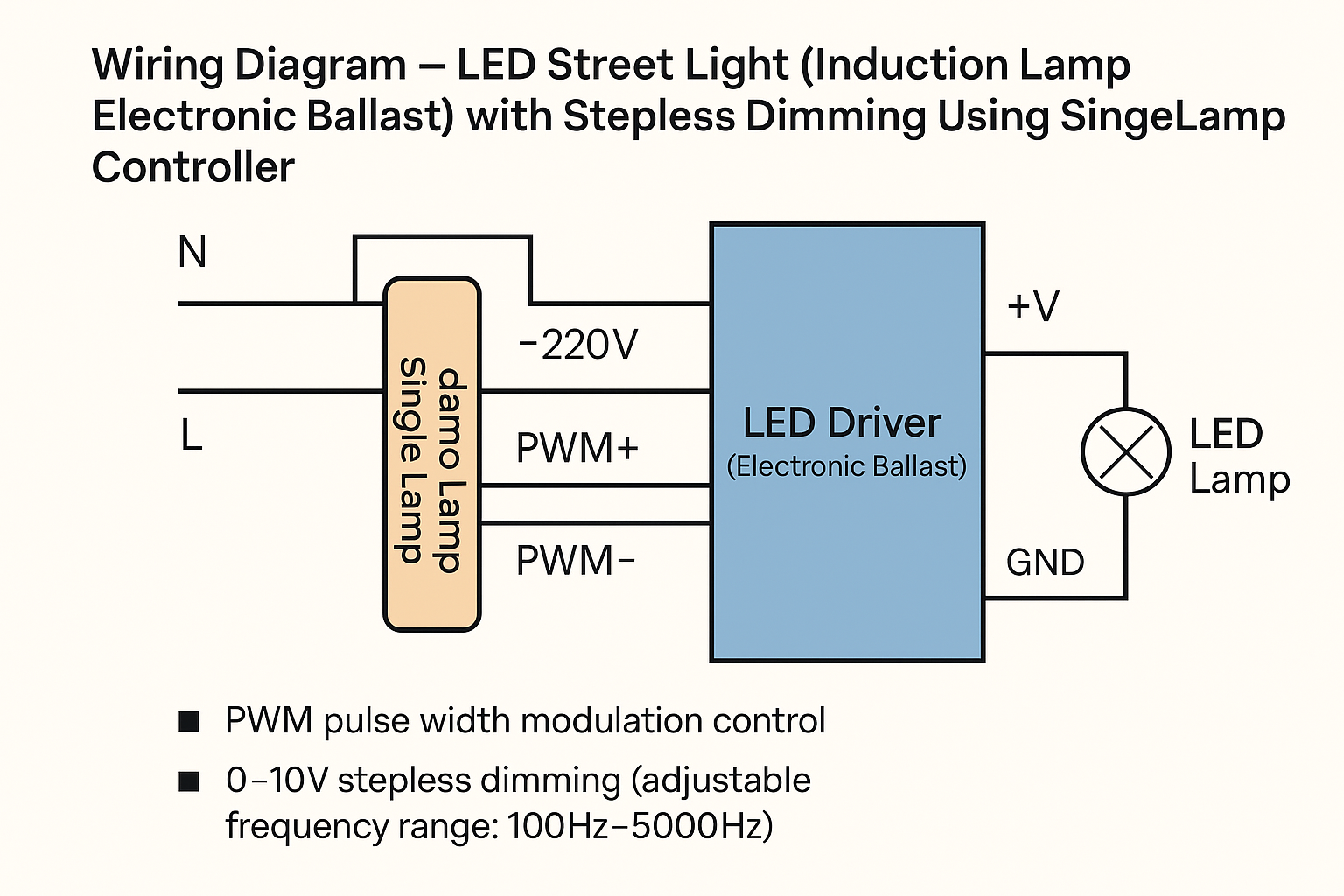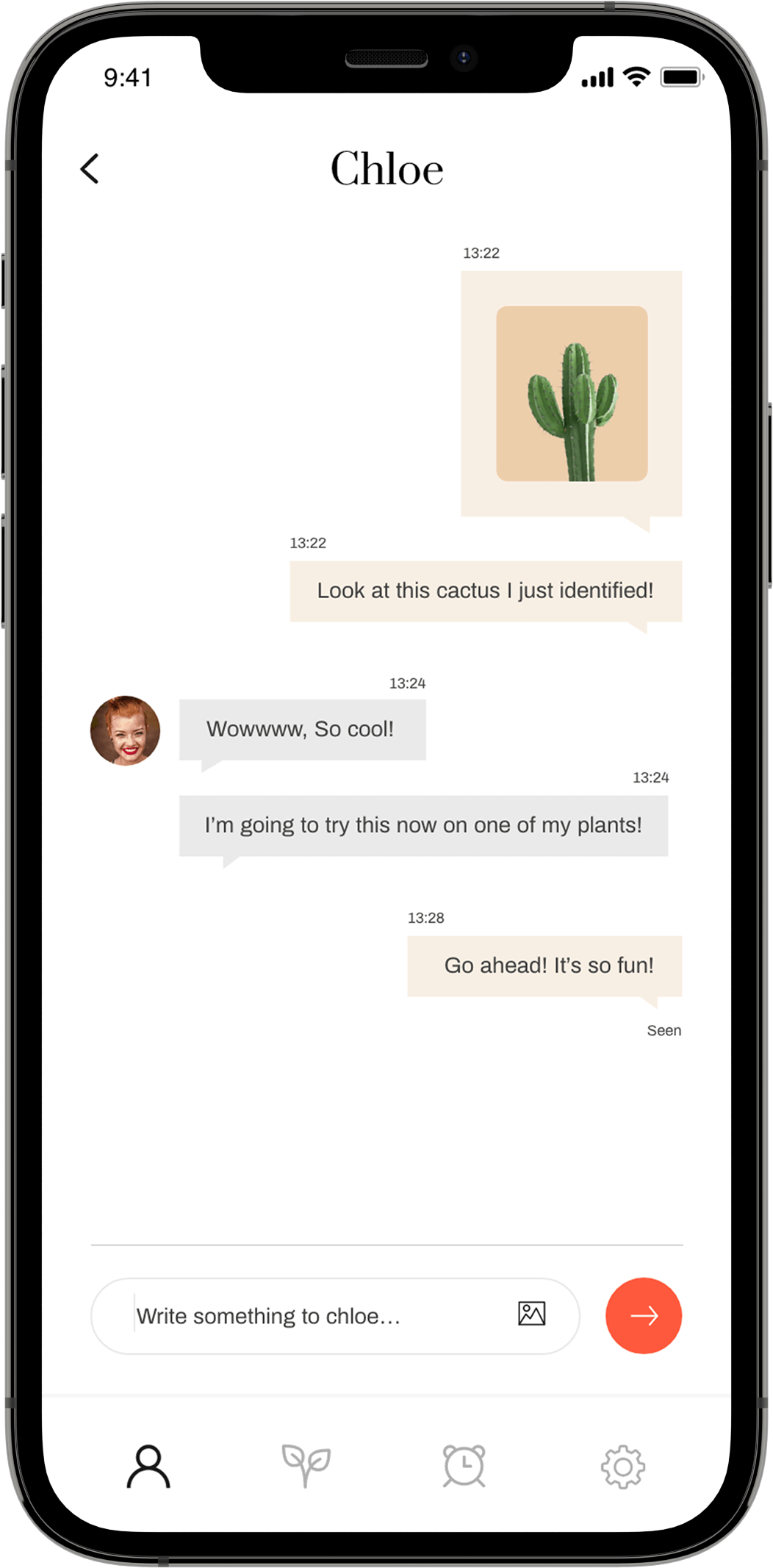Introduction – Why Upgrade to Intelligent Control?
In traditional LED streetlight systems, group control methods limit precision, resulting in inefficient energy usage and high maintenance costs. As urban areas evolve toward smart cities, governments and infrastructure developers increasingly seek intelligent lighting control.
Single lamp controllers are key to achieving fine-grained management, offering remote, real-time control over each individual streetlight. They support dimming, status monitoring, and fault detection, dramatically improving system efficiency.
What Is a Single Lamp Controller?

Definition and Functionality
A Single Lamp Controller (SLC) is an advanced electronic device designed to independently control and monitor individual or multiple LED streetlights. Positioned in the perception layer of the smart lighting system architecture, it collects operational data and executes commands from the central control platform.🔗 Learn more about industry-supported specifications like the Zhaga D4i Standard that define connectivity between LED drivers and controllers.
These controllers enable:
- Remote on/off switching
- Brightness adjustment (dimming)
- Power consumption measurement
- Fault detection and reporting
Core Components of a Single Lamp Controller
- Main Controller: Handles data processing and command execution.
- Communication Module: Supports wired or wireless protocols (GPRS, NB-IoT, 4G, Zigbee, etc.) to transmit data between controller and central system.
- Input Module: Receives sensor signals such as ambient light or traffic flow.
- Output Module: Executes actions like switching or dimming the light according to the platform’s instruction.
How Does It Work?
The single lamp controller operates within the perception layer of the lighting control architecture. It collects lighting data and responds to control signals. Its main functions include:
- Controlling ON/OFF operation
- Adjusting brightness (0–10V or PWM)
- Monitoring voltage/current parameters
Internally, it consists of:
- Main controller: processes signals and manages logic
- Communication module: supports GPRS, NB-IoT, 4G, Zigbee, etc.
- Input module: receives sensor data like ambient brightness, traffic flow
- Output module: delivers control signals to the LED driver
If you’re not sure whether your LED driver supports dimming protocols, read our guide on selecting compatible LED drivers.

Advantages of Using Single Lamp Controllers
- 🌐 Independent Control – Switch or dim each streetlight based on schedule or sensor
- 💡 Energy Saving – Avoids unnecessary lighting in low-traffic periods
- 🔧 Remote Fault Monitoring – Quickly detects lamp or driver failures
- ⚙️ Easy Integration – Fits into most existing LED streetlight systems
🔗 Reference: LightingEurope reports smart control systems can reduce urban lighting energy consumption by up to 80%.
System Architecture: What’s Behind a Full SLC Deployment?
A complete single lamp control system typically includes:
- Central Monitoring Platform: Hosts software for monitoring, analytics, and command dispatch.
- SLC Master Units: Deployed in control cabinets, managing communication and command distribution.
- SLC Terminals (Slaves): Installed on lamp poles to directly control and report the status of each lamp.
Through mobile networks and power line communication (PLC), the system supports the “Four Remotes” (四遥):
- Remote Control (遥控): Turn individual streetlights on/off remotely.
- Remote Measurement (遥测): Collect detailed electrical data per lamp or cabinet.
- Remote Status Reporting (遥信): Send fault and self-diagnostic data to the platform.
- Remote Adjustment (遥调): Enable automatic or manual dimming based on time, brightness, or geographic data.
Can Existing Street Lights Be Upgraded with Single Lamp Controllers?
1. Hardware Compatibility Evaluation
- Driver Compatibility: Must support 0–10V, PWM, or DALI dimming protocols.
- Space Constraints: Ensure the fixture or pole head can accommodate the controller.
- Wiring Access: Adequate access for power and signal cabling is essential.
2. Communication Infrastructure Requirements
- Wireless Networks: GPRS/NB-IoT requires good carrier coverage.
- Mesh-Based Protocols (e.g., Zigbee): Require gateway positioning every few hundred meters.
- Power Line Carrier Systems: Require clean, interference-free power lines.
Step-by-Step Integration Process
1. Audit Existing Lighting Inventory
- Lamp type, wattage, dimming compatibility
- Installation location and network accessibility
- Cabinet and pole design
2. Select Compatible SLC Models
- DALI, 0-10V, or PWM control support
- IP65/IP67 rated enclosures for outdoor use
- Optional smart features: environmental sensing, adaptive dimming
3. Installation and Wiring
- SLC typically connected between driver and power input
- Mounting either within pole head or externally
- Validate power and signal integrity
4. Network Configuration and Commissioning
- Assign SLC addresses (static or auto-registration)
- Establish connection to the gateway or backend system
- Perform test commands from software interface
- Train operators to use platform tools
Types of Single Lamp Controllers
By Technology
- Zigbee SLC: Low-power mesh network, ideal for urban deployments
- Power Line Carrier (PLC) SLC: Communicates through electrical wiring, suitable for dense infrastructure
By Function
- Master Controllers: Coordinate multiple SLC nodes, usually housed in cabinets
- Terminal Controllers (Slaves): Installed on each light pole, executing direct lamp control
Benefits and Application Scenarios
Key Advantages
- Energy Efficiency: Adjust lighting by real-time conditions, cutting energy costs by up to 30%
- Enhanced Lighting Quality: Improve visibility, reduce over-lighting, support road safety
- Extended Product Life: Avoid overheating or overuse, minimizing wear on drivers and LEDs
- Maintenance Cost Reduction: Fault auto-reporting reduces inspection rounds and shortens downtime
- Centralized Smart Management: Ideal for municipalities managing thousands of lamps
Common Use Scenarios
Single lamp controllers are suitable for:
- City roads
- Smart industrial parks
- Smart campuses
- Highway tunnels
- Large-scale parking lots
- Tunnel lighting systems where precision control is crucial
📌 Related solutions: see how our smart lighting systems support full digital transformation of outdoor lighting.
Case Study: MVS Lighting Integration in Southeast Asia
MVS successfully deployed 1,200+ single lamp controllers across a municipal project in Southeast Asia using NB-IoT protocol.
Results:
- 30% reduction in energy usage
- 90% faster fault response times
- Centralized monitoring of all lamp status via a cloud platform
Conclusion: Plan Smart, Retrofit Efficiently
Retrofitting existing LED street lights with single lamp controllers is a strategic step toward smarter, more sustainable urban lighting.
With the right compatibility checks, network planning, and vendor support, B2B buyers can transform conventional lighting systems into fully controllable assets.
✅ Looking for reliable SLC integration? Contact MVS Lighting for custom solutions, engineering support, and deployment consultation.

